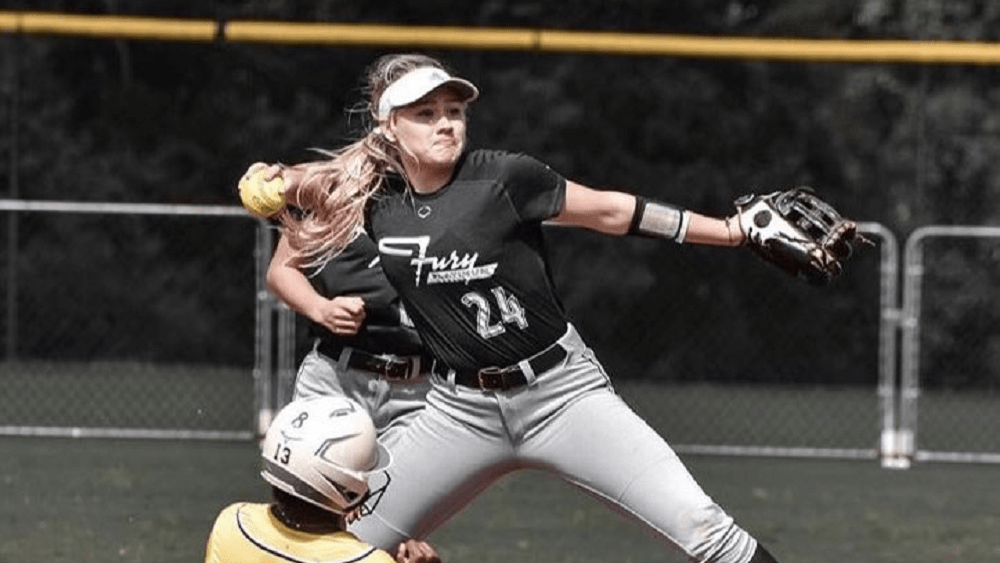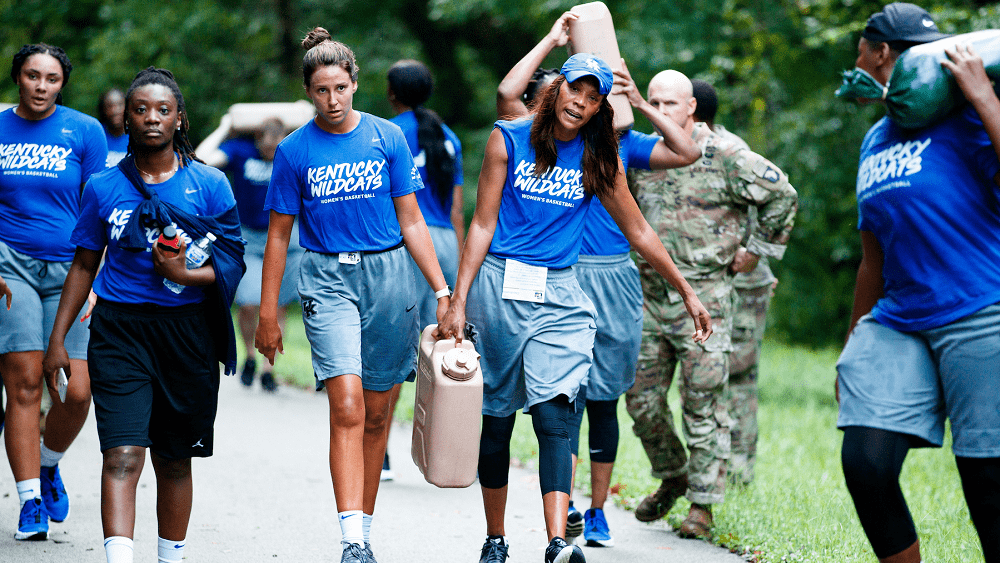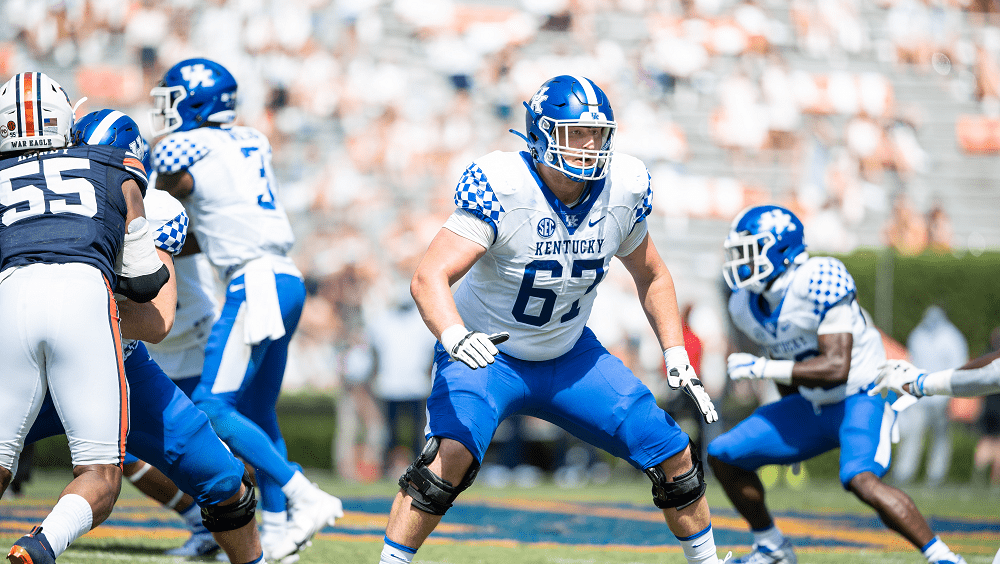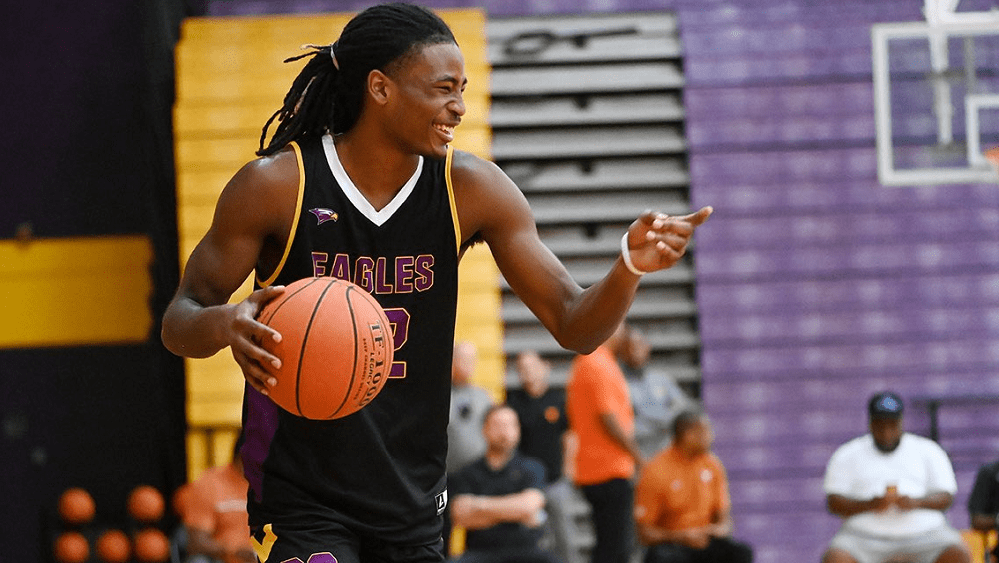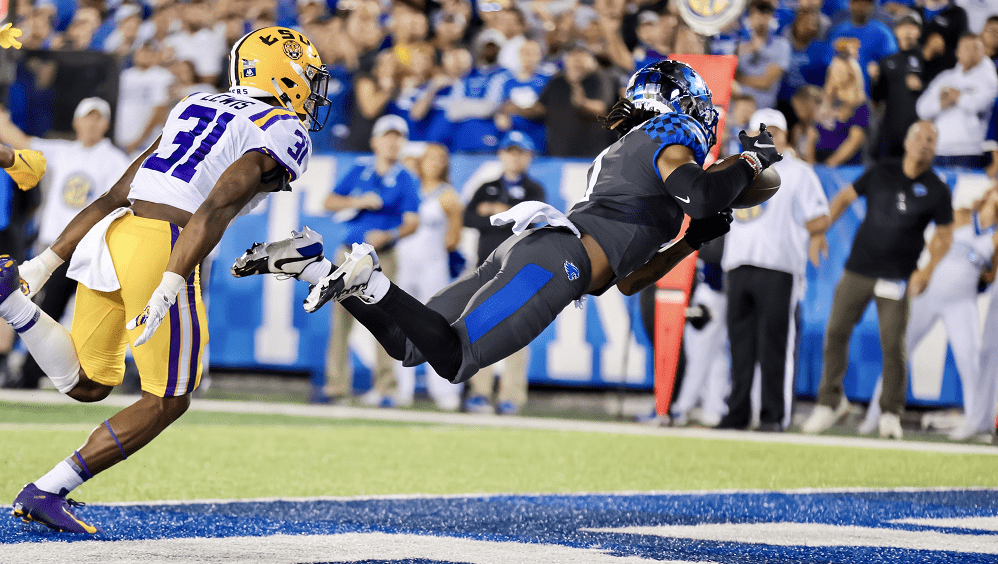
UK just did not have the talent it needed last season to play the way John Calipari likes. (Vicky Graff Photo)
Sometimes when a basketball player is better than everyone else on the floor there is nothing the opponent can do. Talent wins basketball games. It’s been proven time and time again. Take Wilt Chamberlain, a 7-1 center from Philadelphia that played his college basketball for Kansas and later played in the NBA for several teams including the Philadelphia 76ers and the Los Angeles Lakers. Chamberlain was just better than everyone else. He didn’t need much of an offensive scheme to help him score. Just let him post up and get him the ball. If he didn’t score on the initial shot, he would score on the offensive rebound.
In fact, he was so good that he is still the only NBA player to score 100 points in a game. He led the NBA in scoring seven times, rebounding 11 times, and field goal percentage nine times. He is the only NBA player to average over 30 points and 20 rebounds per game over his entire NBA career. He didn’t need much of an offensive structure. He was just better than everyone else.
That’s kind of the premise behind John Calipari’s current “dribble-drive” offensive scheme at Kentucky and the previous one at Memphis. Coach Cal implemented his variation of the “dribble-drive” offense, while at Memphis, from an offensive set initially developed by Vance Walberg, former head coach at Pepperdine, back in 2005. That 2005-2006 season Calipari rode this new offense all the way to the Elite Eight in the NCAA Tournament where they lost to UCLA 50-45 in a low-scoring affair and finished the season with a 33-4 record. From there it was one massive winning season after another. Calipari posted a record of 33-4 in 2006-2007 and 38-1 in 2008-2009.
John Calipari’s offense in the early years of inception won games and scored points. Its premise is kind of like the Air Raid offense in football. Spread your opponent out to eliminate defensive help, isolate your best offensive players one-on-one and allow them to make plays.
In the case of the “dribble-drive” it’s really about having a point guard that can beat his opponent off the dribble. That is the key that starts the car. If the offensive team can’t do that it’s very, very difficult to run an effective “dribble-drive” offense.
But if your point guard can consistently beat the defender one-on-one off the dribble it opens up a myriad of scoring opportunities. The first option would be a straight-line drive to the basket by the point guard for a layup. That’s another plus for this offense, a point guard that can finish at the rim.
Because the defensive players are spread out it allows the offense to attack the gaps in the defense. If the point guard beats his defender on the drive usually the defensive post player has to rotate over to stop the ball which allows the offensive post player the open lob dunk at the rim.
Think Marquis Teague to Anthony Davis. If a defense does not rotate by having the low post player stay on his man and instead pulls in the other defender from the wing that leaves the wing and corner open for a 3-point shot. Think Doron Lamb knocking down the open 3-point shot from the corner.
Once the point guard drives, if none of those options materialize the point guard passes off and resets himself on the perimeter and the whole process starts again with the player that received the ball.
This offense is simplistic in nature and has more variations than are listed here but overall it is still about the individual offensive players being better than the defensive players. It requires a quick, accurate passing point guard that can finish at the rim. But it also requires a low post player that is tall, athletic, and can hold his own on the offensive boards. Last, but not least, it requires at least one, and preferably more, quick players that can drive the ball and be knockdown 3-point shooters from anywhere on the perimeter.
Knowing how the offense works it’s not hard to see why this year’s version of Calipari’s Cats failed miserably. There wasn’t a point guard on the roster that could beat his opponent off the dribble. None; no key to start the car. They also had Olivier Sarr playing the low post spot part of the time — especially when Isaiah Jackson was in foul trouble — and he is not a player that can hold his own in the low post or on the offensive boards. That leaves the wing shooter — a player that can consistently hit an open 3-point shot. UK had one of those but he sat on the bench most of the season.
So knowing how this offense works, knowing that other coaches have now had 10 years to come up with defensive schemes to offset this offense, and knowing that UK doesn’t dominate recruiting like they once did back in 2010 to 2015, what is the likelihood that John Calipari can bring the Wildcats back to a Final Four and National Championship-caliber program in the near future? That is the $64,000 question.
My answer is, it depends. I know, nothing like hedging on the big question but here’s why. With the inception of the new NCAA “no-penalty” transfer rule this year the transfer portal is flooded with players wanting to leave their team and move to a better opportunity. The possibility of a new “Name, Image and Likeness” rule by the NCAA that would allow players to receive payments from outside sources for their “NIL” only complicates the matter more.
Conceivably John Calipari could reel in several players from the transfer portal, namely a quick point guard that could break down the defense and some big-time outside shooters to go with West Virginia transfer Oscar Tshiebwe and a more experienced, more muscular Lance Ware in the low post along with incoming freshman Daimion Collins. That doesn’t even take into account that Isaiah Jackson could come back to the program after testing the NBA waters (smart money says he does not) and any other transfers that UK might pick up through the portal.
The low post players look to be serviceable, if not spectacular. Assuming John Calipari stays with his “dribble-drive” offense that leaves the need for some additional outside shooters to go with Dontaie Allen and potentially a returning Davion Mintz. Currently, I don’t see any other consistent outside shooters on next year’s roster.
The same goes for the point guard position. Between what will be left on the roster — currently Devin Askew and the incoming Nolan Hickman — I just don’t see a huge upgrade from the talent level that Kentucky had last season. To me, that means that at least one super quick, ball-handling guard that can finish at the rim needs to be walking through the door from the transfer portal, or else the Wildcats could be looking at another ten loss or more season and if they make the NCAA Tournament would be seeded at probably 8 or 9 at best.
The bottom line is John Calipari either changes his system to play with a traditional two low post set to take advantage of his big men or moves to a high post offense similar to what Loyola Chicago runs (not likely) to help offset the lack of a high-level point guard or he gets to work on the transfer portal and does what he does best — recruit better talent than what his opponents will have.
Anything is possible when John Calipari plays to his strength … and his strength is recruiting. But if he isn’t able to recruit better players don’t look for a team next year in Lexington that wins 25 or more games. They’ll be around in the SEC but they won’t be wearing the Blue and White.
— Keith Peel, Contributing Writer

